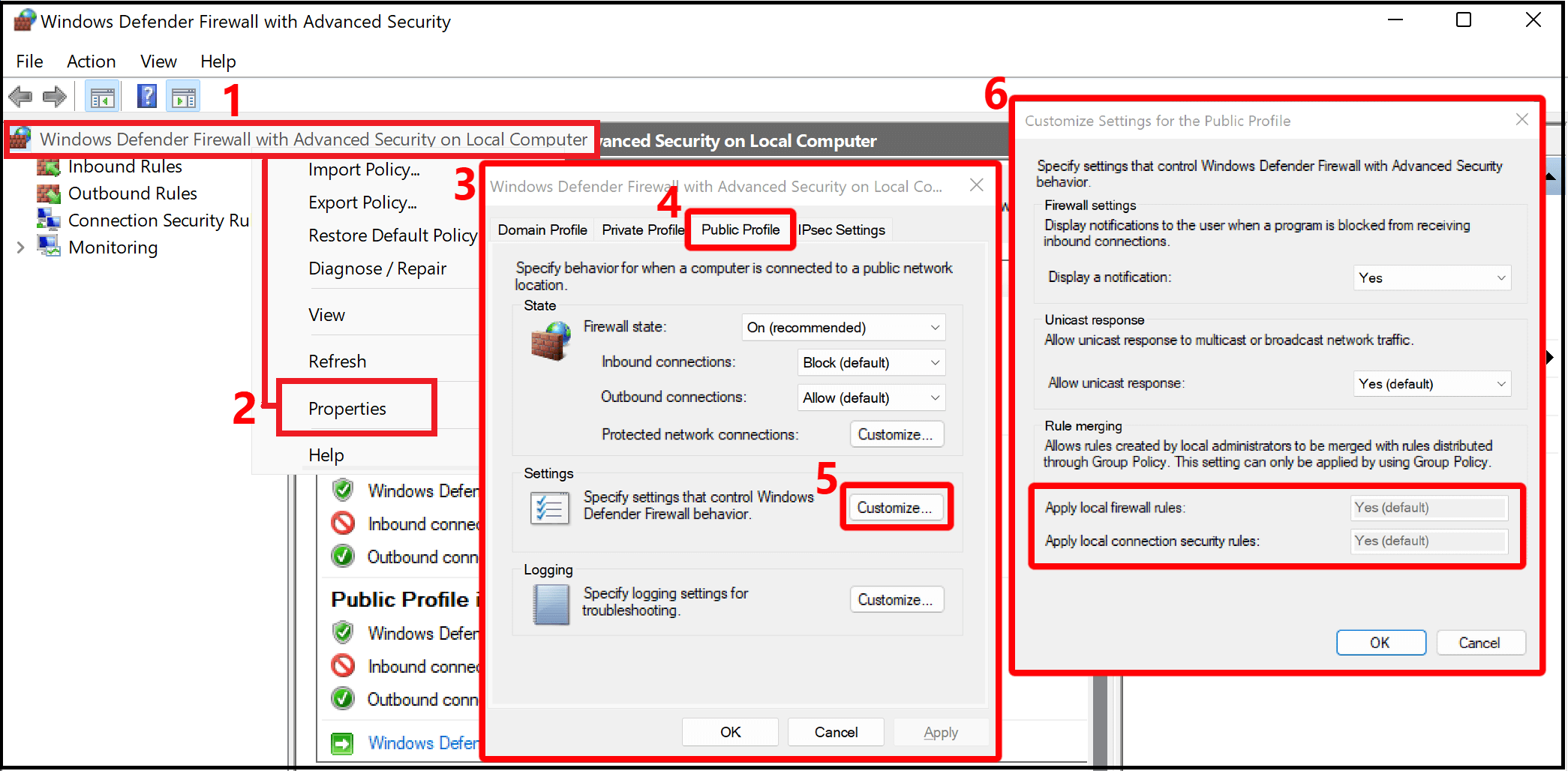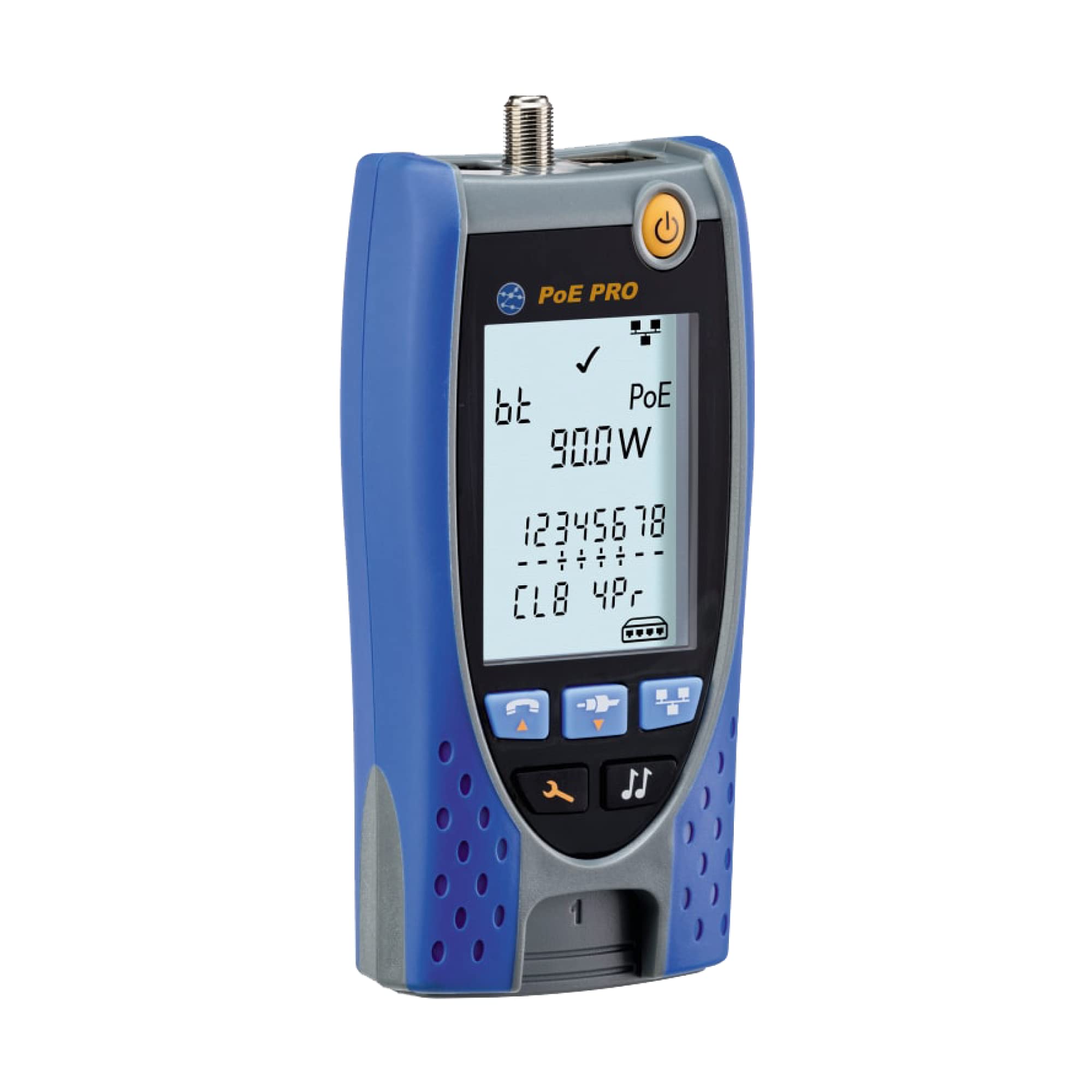If you are struggling with Dllhost.exe application errors and malware issues, this article offers effective solutions to fix them.
Understanding the Dllhost.exe Error
The Dllhost.exe error is a common issue that can cause various problems on your computer. It is important to understand this error and how to fix it in order to ensure the proper functioning of your system.
One possible cause of the Dllhost.exe error is malware infection. Malware can modify or corrupt the Dllhost.exe file, leading to errors. To fix this issue, it is recommended to run a thorough malware scan on your computer using a reliable antivirus software. Make sure to update your antivirus software before running the scan.
Another potential solution is to use the System File Checker tool. This tool scans and repairs corrupted or missing system files, including the Dllhost.exe file. To run the System File Checker, follow these steps:
1. Press the Windows key + X and select “Command Prompt (Admin)” from the menu.
2. In the command prompt window, type sfc /scannow and press Enter.
3. Wait for the scan to complete and follow any on-screen instructions.
If the Dllhost.exe error persists, you can try resetting the Windows Registry. The Windows Registry is a database that stores important settings and configurations for your operating system and installed software. Corrupted or invalid registry entries can cause various errors, including the Dllhost.exe error. To reset the Windows Registry, follow these steps:
1. Press the Windows key + R to open the Run dialog box.
2. Type regedit and press Enter to open the Registry Editor.
3. In the Registry Editor, navigate to the following key: HKEY_CURRENT_USER\Software\Microsoft\Windows\CurrentVersion\Run
4. Look for any entries related to Dllhost.exe or suspicious entries that you do not recognize. Right-click on them and select “Delete”.
5. Restart your computer for the changes to take effect.
It is also important to keep your operating system and software up to date. Software updates often include bug fixes and security patches that can resolve issues, including the Dllhost.exe error. To update your operating system, follow these steps:
1. Click on the Start menu and select “Settings”.
2. In the Settings window, click on “Update & Security”.
3. Click on “Check for updates” and wait for the process to complete.
4. If updates are available, click on “Install now” to install them.
Additionally, it is recommended to regularly backup your important files and data. This can help protect your data in case of unexpected errors or malware infections. You can use external hard drives, cloud storage services like Google Drive or OneDrive, or software specifically designed for data backup.
Common Causes and Symptoms
-
Run a Malware Scan:
- Open your preferred antivirus or anti-malware software.
- Initiate a full system scan to detect and remove any malware.
- Follow the software’s prompts to quarantine or delete any malicious files found.
-
Update Windows:
- Click on the Start button in the bottom-left corner of the screen.
- Select Settings, then navigate to Update & Security.
- Click on Check for updates to search for available updates for your Windows operating system.
- If updates are found, click on Install now and follow the on-screen instructions to complete the update process.
-
Perform System File Checker (SFC) Scan:
- Open the Command Prompt as an administrator.
- Type sfc /scannow and press Enter to start the scan.
- Wait for the scan to complete, and let the System File Checker automatically fix any corrupted system files.
- Restart your computer after the scan is finished.
-
Check for DLL Errors:
- Open Task Manager by pressing Ctrl+Shift+Esc.
- Switch to the Processes tab.
- Look for any processes related to dllhost.exe that are consuming high CPU or memory.
- If found, right-click on the process and select End task.
-
Reinstall/Repair Faulty Programs:
- Open the Control Panel from the Start menu.
- Navigate to Programs or Programs and Features.
- Locate the program causing the error, then click on it.
- Select Uninstall or Repair to either remove or fix the program.

- Follow the on-screen instructions to complete the process.
Preparatory Steps Before Troubleshooting

1. Identify the specific error message or issue related to the Dllhost.exe application or malware problems.
2. Perform a quick search on reputable websites or forums to gather information about common causes and solutions for the error.
3. Check for any recent changes or installations that might have triggered the error. Uninstall any recently installed programs or updates that could be causing conflicts.
4. Ensure that your computer is running the latest version of Windows 10 and has all the necessary updates installed. Run Windows Update to check for any pending updates.
5. Scan your computer for viruses and malware using a reliable antivirus software. If you don’t have one, consider installing a reputable antivirus program and perform a full system scan.
6. Clean up your computer’s registry using a trusted registry cleaner tool. This can help fix any registry errors that might be causing the Dllhost.exe application error.
7. Check your computer’s disk partitioning and ensure that there is enough free space on your hard drive. Delete any unnecessary files or move them to external storage, such as Google Drive or OneDrive, to free up space.
8. Use File Explorer to navigate to the location of the Dllhost.exe file. Right-click on it and select “Properties” from the context menu. Check the file’s properties for any suspicious details or modifications.
9. Open Task Manager (Windows) by pressing Ctrl + Shift + Esc and look for any unusual or suspicious processes running. If you find any suspicious processes related to Dllhost.exe, right-click on them and select “End Task.”
10. Consider creating a system image or backup of your computer before proceeding with troubleshooting. This can serve as a restore point in case any issues arise during the troubleshooting process.
Comprehensive Solutions for Resolution
| Comprehensive Solutions for Resolution | Article Title | |
|---|---|---|
| Fixing Dllhost.exe Application Error | Solution 1: | Perform a System File Check (SFC) scan |
| Solution 2: | Disable Data Execution Prevention (DEP) | |
| Solution 3: | Re-register DLL files | |
| Malware Problems | Solution 1: | Run a full system scan using reputable antivirus software |
| Solution 2: | Update your operating system and software | |
| Solution 3: | Use anti-malware tools to remove malware | |
Essential System and Software Updates
To fix the dllhost.exe application error and malware problems, it is essential to regularly update your system and software. These updates help ensure that your computer is protected against security vulnerabilities and bugs. Here are some steps to follow:
1. Update Windows: Go to the Windows Update settings and check for any available updates. Install all the recommended updates to keep your operating system secure and stable.
2. Update Drivers: Outdated or incompatible drivers can cause various errors, including dllhost.exe application errors. Update your drivers by visiting the manufacturer’s website or using a driver update software.
3. Install Antivirus Software: Protect your computer from malware infections by installing a reliable antivirus program. Keep the antivirus software updated to detect and remove any malicious files or programs.
4. Run a Malware Scan: Perform a full system scan using your antivirus software to identify and remove any malware or viruses. Quarantine or delete any infected files found during the scan.
5. Use a Registry Cleaner: A registry cleaner can help fix registry errors that may be causing the dllhost.exe application error. Use a trusted registry cleaner tool to scan and repair any registry issues.
6. Update Installed Software: Keep all your installed software up to date. Software updates often include security patches and bug fixes that can help prevent dllhost.exe errors and other issues.
Advanced Troubleshooting Techniques

- Open Task Manager by pressing Ctrl+Shift+Esc
- Click on the Processes tab
- Look for any suspicious or unfamiliar processes
- If found, right-click on the process and select End task
- Open your preferred antivirus software
- Run a full system scan to detect and remove any malware
- Follow the on-screen instructions to quarantine or delete the detected threats
Repair Method 2: Update Windows
- Press the Windows key on your keyboard or click on the Start button
- Click on Settings (the gear icon)
- Select Update & Security
- Click on Windows Update in the left-hand menu
- Click on Check for updates
- If updates are available, click on Download and install
- Wait for the updates to be installed and then restart your computer if prompted
Repair Method 3: Re-register the DLL Files
- Press the Windows key on your keyboard or click on the Start button
- Type Command Prompt in the search bar
- Right-click on Command Prompt and select Run as administrator
- In the Command Prompt window, type regsvr32 dll_file_name.dll (replace “dll_file_name” with the actual name of the DLL file)
- Press Enter to execute the command
- Repeat the above step for any other DLL files that may be causing the issue
- Close the Command Prompt window
F.A.Q.
What is COM Surrogate Service?
COM Surrogate Service is a legitimate Windows process, also referred to as dllhost.exe. It facilitates communication between various components of software through the use of Component Object Model (COM) objects.
How do I remove DLL host service?
To remove the DLL host service, you can follow these steps:
1. Press Ctrl+Shift+Esc to open the Task Manager.
2. In the Processes tab, locate and select “dllhost.exe” or “COM Surrogate”.
3. Right-click on it and choose “End Task” or “End Process”.
4. Open your antivirus or anti-malware program and perform a full system scan to check for any remaining malicious files.
5. Follow the prompts to remove any detected threats.
6. Restart your computer to complete the removal process.
What is the Dllhost EXE process actually running?
The Dllhost EXE process is actually running as a child process of the DcomLaunch service.

